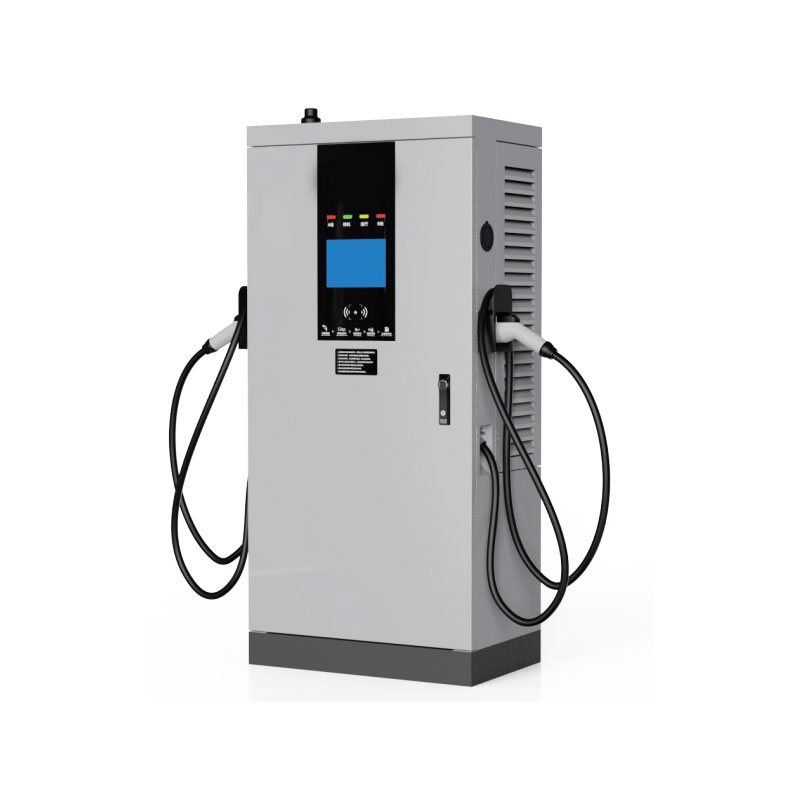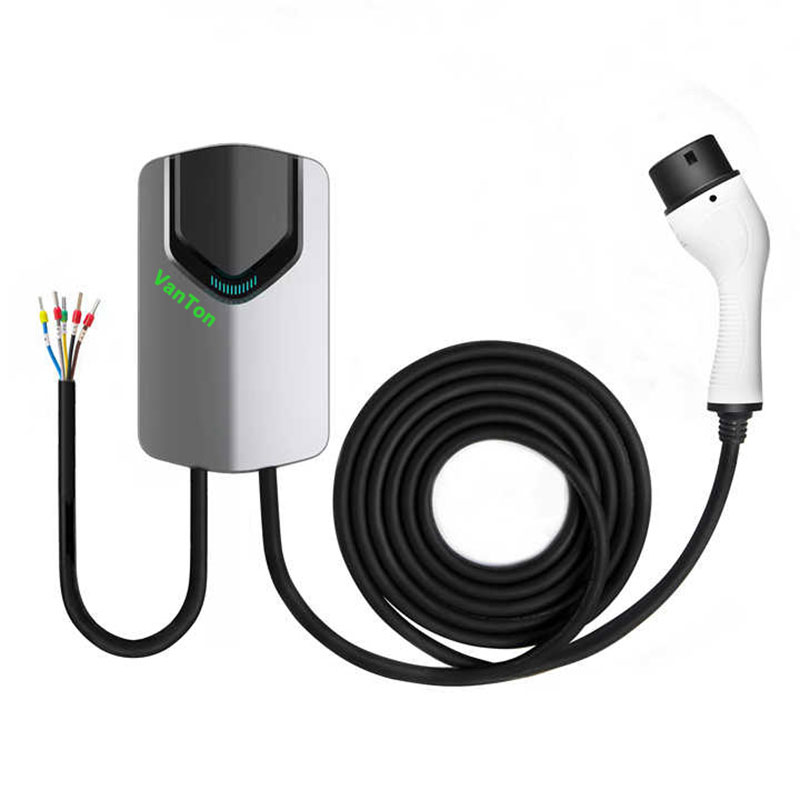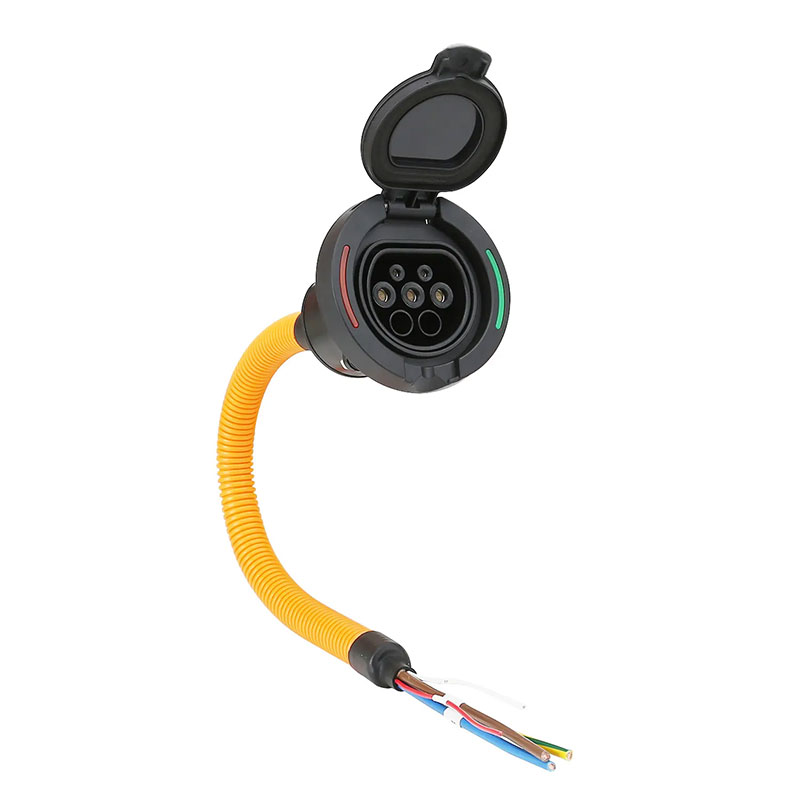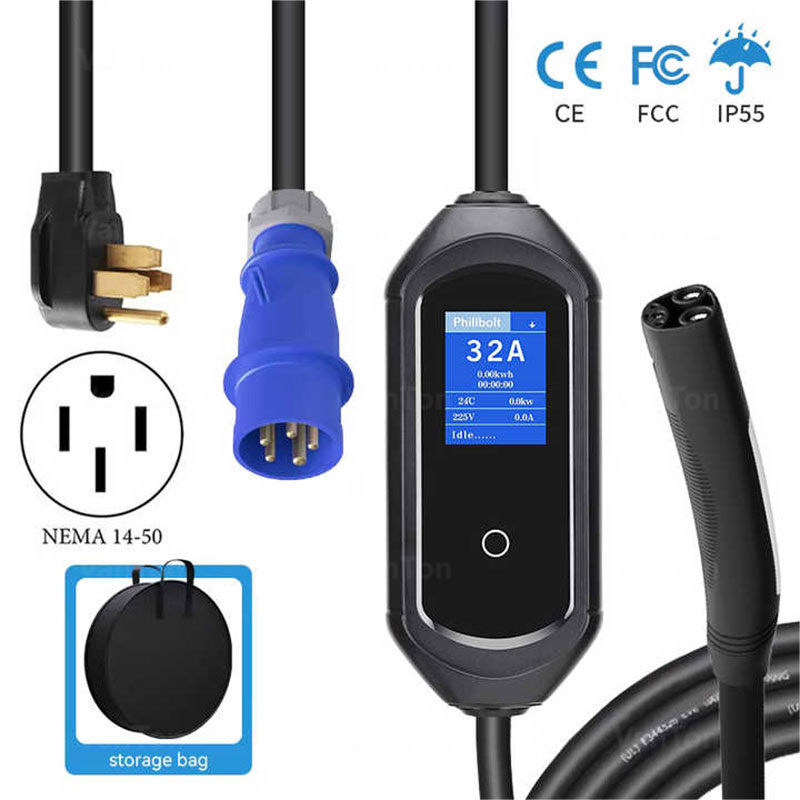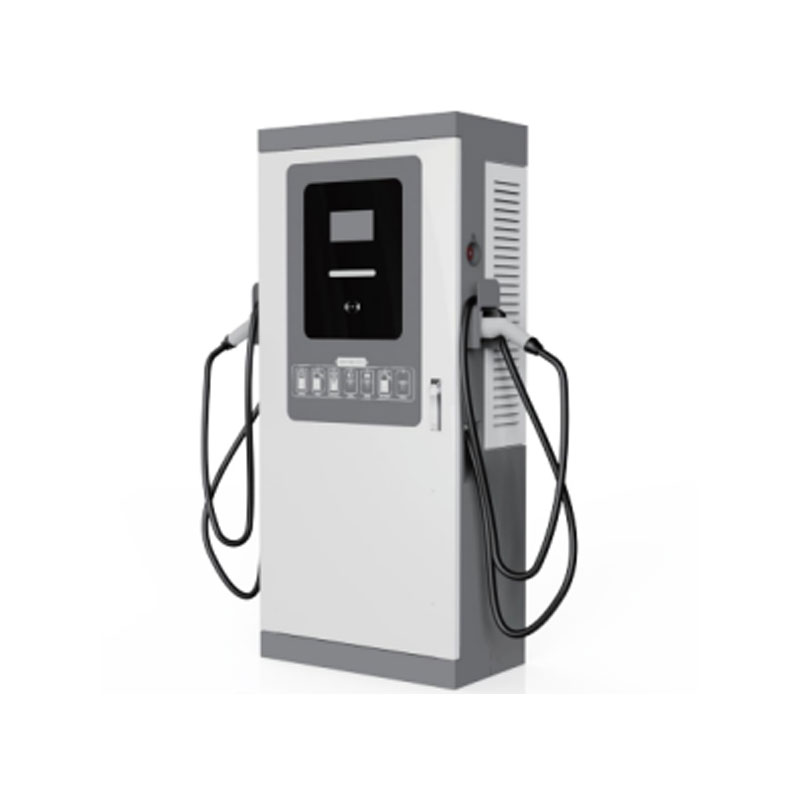Which DC EV charger helps me win more drivers and profit sooner?
I run sites where every minute of uptime matters, so I judge hardware only by results. When I first upgraded to a new fast-charging stack, I looked for reliability, honest power delivery, and simple software. That is how I discovered Vanton, and why I now rely on a modern DC EV charger instead of stretching AC beyond its comfort zone. In busy forecourts and fleet depots, a well-designed DC EV charger clears queues faster, converts casual visitors into repeat customers, and keeps my operations transparent enough that I can spot issues before drivers do. If you are weighing an upgrade, here is the plain, field-tested playbook I use.
Why do I choose a DC EV charger when AC seems cheaper?
- Time equals revenue: a DC EV charger lifts average energy dispensed per hour, which means more sessions complete during peak dwell times.
- Battery-friendly control: DC power lets the charger and vehicle negotiate optimal current across the full curve for faster early-stage charging without thermal surprises.
- Fewer abandoned sessions: when drivers see realistic time-to-charge, they stay; a capable DC EV charger shortens that countdown.
- Higher ticket size: snacks, coffee, and add-on services sell better when cars finish in 15–30 minutes instead of hours.
How do I size power so I do not overpay for capacity I rarely use?
- Match kW to vehicle mix: commuters in compact EVs benefit from 60–120 kW; highway hubs serving long-range SUVs may justify 180–300 kW per connector.
- Start modular: pick cabinets that can add power blocks later; a smart DC EV charger should scale in 30–60 kW steps without rewiring the site.
- Split wisely: shared-power architectures keep both stalls productive when one vehicle tapers.
- Check utility constraints: transformer capacity and demand charges often decide the real ceiling, not the nameplate.
What connectors and standards keep me future ready without constant retrofits?
- Multi-standard leads: CCS and NACS coverage is essential for North America; legacy CHAdeMO may be offered where fleet demand still exists.
- Open protocols first: OCPP for network flexibility and ISO 15118 Plug and Charge for card-free sessions that feel premium.
- Smart load management: allow per-site limits and dynamic sharing across pedestals during power-limited periods.
- Firmware discipline: schedule over-the-air updates during low traffic and track rollback options in case a vehicle firmware behaves oddly.
Where does the real ROI come from if hardware looks expensive up front?
I treat ROI as a mix of energy margin, ancillary spend, and loyalty. The snapshot below mirrors the conservative planning sheet I use for new locations.
| Input | Baseline | With Modern DC EV Charger | Why it moves |
|---|---|---|---|
| Average sessions per day | 28 | 42 | Faster turn times add throughput during peak hours |
| Energy per session kWh | 18 | 24 | Drivers commit to deeper charge when ETA is reliable |
| Site uptime | 96% | 99.5% | Modular power and hot-swap modules reduce outages |
| Ancillary spend per session | $3.10 | $5.40 | Predictable 20–30 minute dwell supports retail cross-sell |
| Technician visits per quarter | 4 | 1 | Remote diagnostics and proactive alerts prevent truck rolls |
Which features save me headaches once the charger is live?
- Real power at temperature: a credible DC EV charger delivers its rated kW even on hot afternoons, not just in lab conditions.
- Cable management that drivers understand: retractors or swing arms reduce trip hazards and connector damage.
- Payment without friction: tap-to-pay, QR, and membership in one interface; roaming support keeps tourists happy.
- Driver-first UI: big fonts, daylight-readable screens, and one-tap language switching lower support calls.
- Fleet tools: RFID whitelists, load schedules, and cost centers for simple billing.
How do I pick locations that turn charging time into real sales?
- Think in dwell-time bands: grocery and cafés pair well with 20–30 minute stops that a fast DC EV charger enables.
- Visibility counts: curb-facing pedestals with lighting and clear signage beat hidden corners every time.
- Restrooms and safety: drivers choose sites that feel safe at 10 pm, not just at noon.
- Ingress and egress: if trucks block the aisle, sessions abort; draw the traffic flow before you pour concrete.
What do drivers actually ask me at the curb and how do I answer fast?
- Can I plug this in now – The UI should detect the vehicle, handshake, and show kW within seconds.
- How long will it take – Display time to target percentage, not just kW, and auto-adjust during taper.
- Why did power drop – Explain battery taper in-app so it feels expected, not broken.
- What if my card fails – Provide backup payment paths and a simple support QR linked to the stall ID.
Can the same DC hardware serve fleets, apartments, and roadside hubs?
Yes. A flexible DC EV charger with shared power and scheduled charging lets fleets top up during off-peak windows, while residential sites can reserve priority hours for residents and open the same stalls to the public during the day. I use separate tariffs and RFID lists so billing remains clean for accountants.
What installation pitfalls should I avoid before the first car arrives?
- Conduit now, not later: pull spare conduits under the slab to avoid cutting concrete for future pedestals.
- Foundations that fit: match bolt patterns and edge clearances to the exact DC EV charger model you will deploy.
- Thermal planning: enclosures need airflow and shade; direct sun can throttle performance.
- Network resilience: dual SIM plus hardline where possible; a dead network makes a fast charger feel slow.
- Clear stall markings: keep ADA and trailer-friendly bays in the initial design, not as afterthoughts.
How do I compare models without getting lost in spec sheets?
- Ask for sustained power curves across temperature, not just peak kW headlines.
- Confirm serviceability: time to swap a power module should be measured in minutes.
- Check software openness: OCPP version, roaming partners, and Plug and Charge readiness determine your future options.
- Verify warranty terms in plain numbers: coverage years, parts, labor, and guaranteed response windows.
What does my first 90-day rollout plan look like if I start today?
- Days 1–7 – Finalize load study, order gear, and lock trenching plan with spare conduits.
- Days 8–30 – Pour pads, set cabinets, pull cable, and commission the first DC EV charger in a pilot bay.
- Days 31–60 – Train staff, configure tariffs, test roaming, and dry-run support flows at night and on weekends.
- Days 61–90 – Launch with local partners, promote retail bundles, and monitor KPI trends weekly for real-time tweaks.
Why does this all come back to trusting the charger that carries my brand?
Because the stall is your storefront and your reputation. A dependable DC EV charger does not just push electrons; it turns minutes into margin and first impressions into loyalty. In my experience, a thoughtful build with the right hardware partner outperforms a bigger, noisier install that ignores the details drivers notice.
Are you ready to power up with confidence?
If you want practical advice tailored to your site and customer flow, tell me about your location, utility constraints, and traffic pattern. I will share a simple plan that fits your goals and helps you select a DC EV charger configuration you can trust. For quotes, technical details, or a quick consultation, please contact us now or send your inquiry through the form below. Let’s turn charging time into your strongest advantage today.
-
- What Makes A DC EV Fast Charging Project Actually Work?
- What did I learn when a DC fast charger became part of my everyday business?<
- How fast is a DC EV charger?
- What Makes the GBT to Tesla Adapter a Game-Changer for EV Charging?
- What Can a Portable AC EV Charger Deliver?
- Portable Artifact: How Portable Electric Vehicle Chargers Change Our Travel Life?


